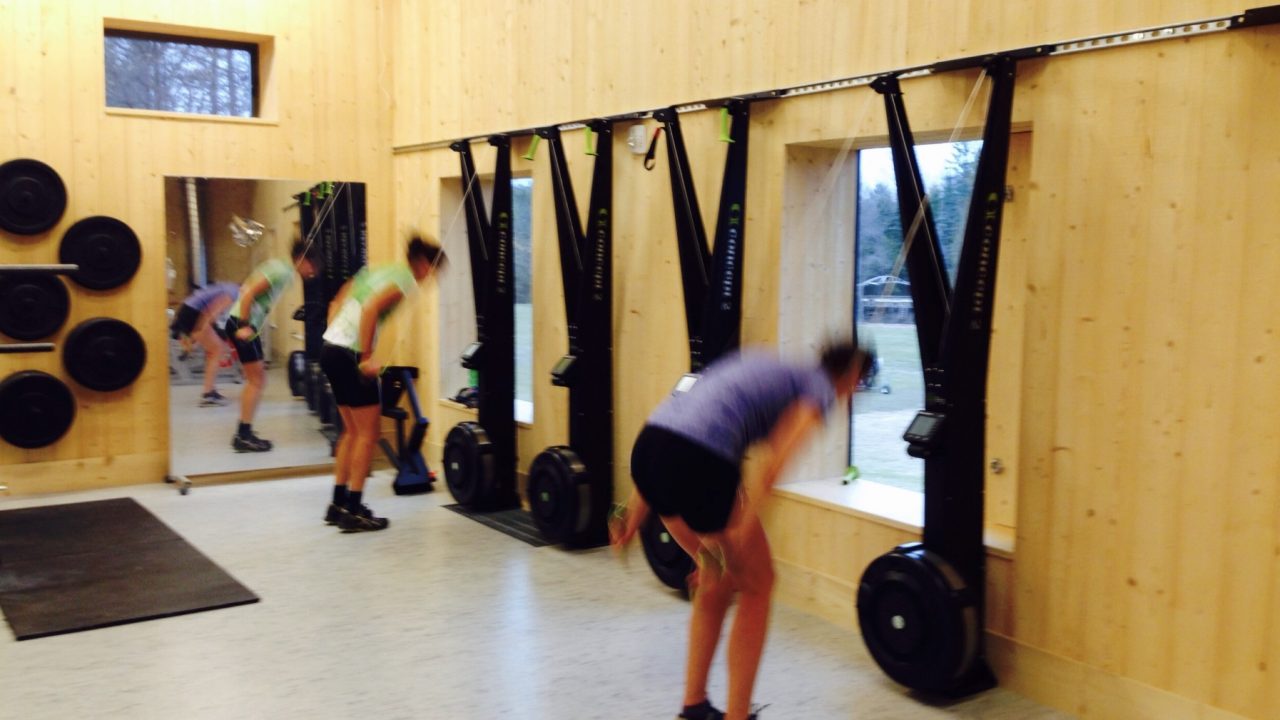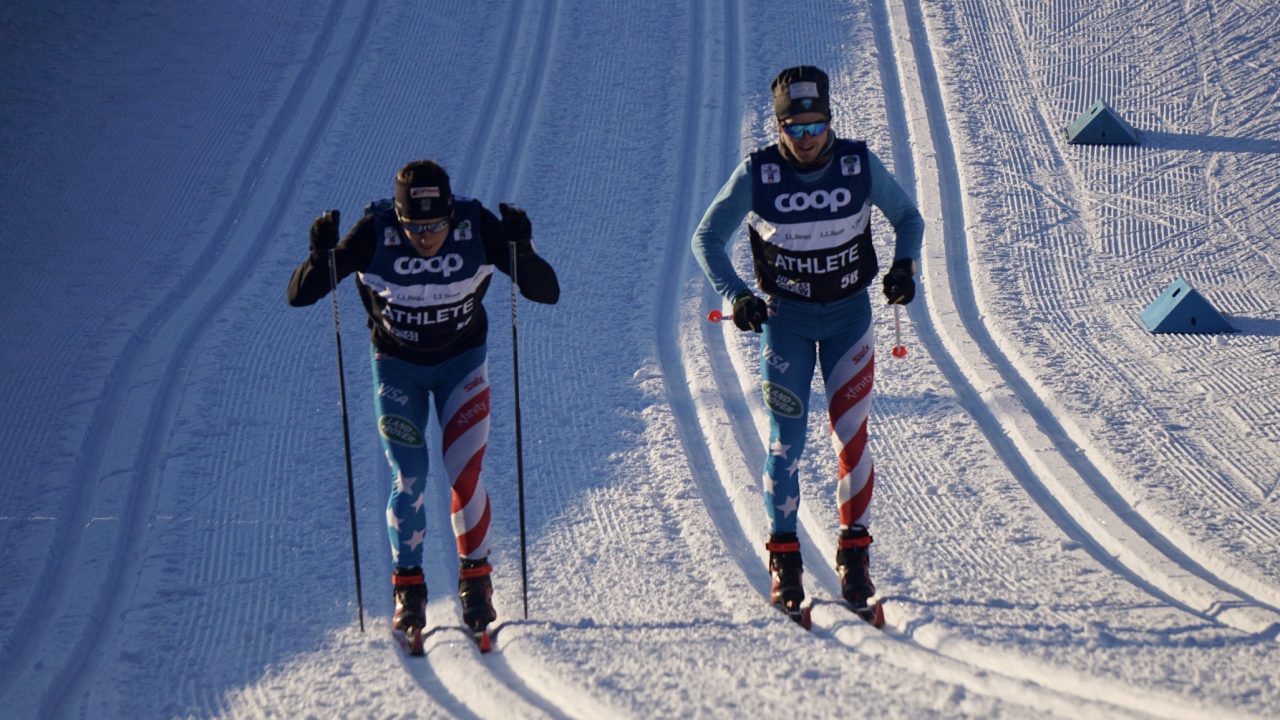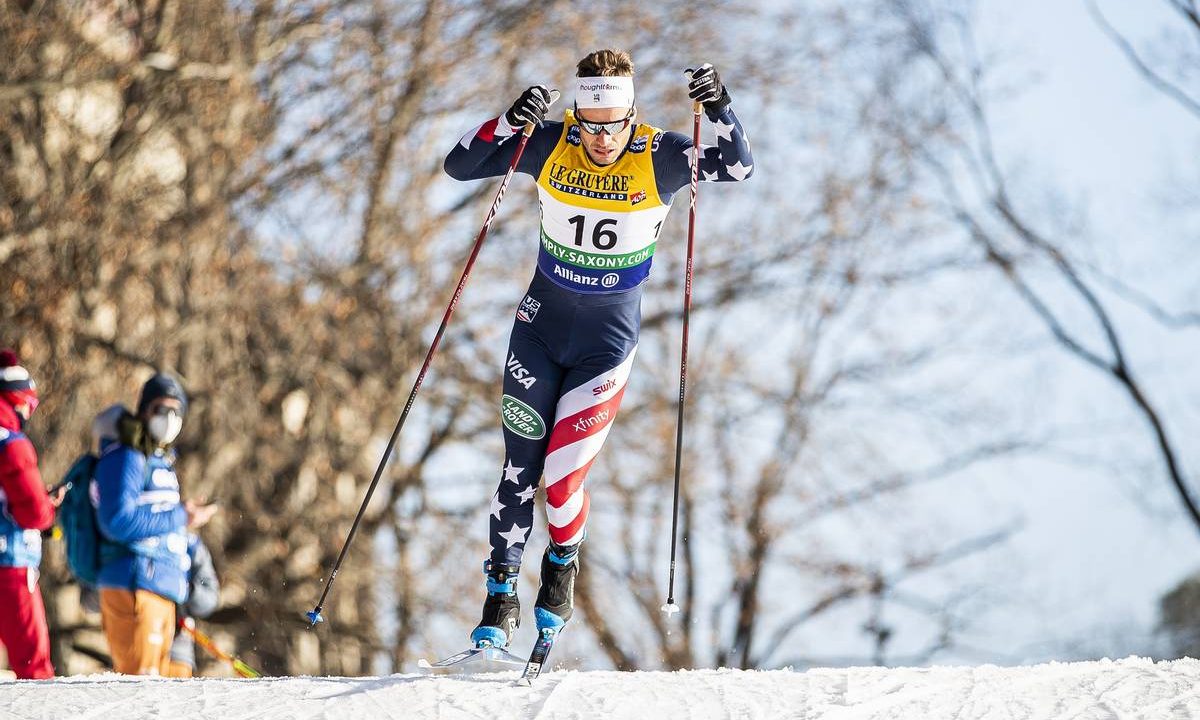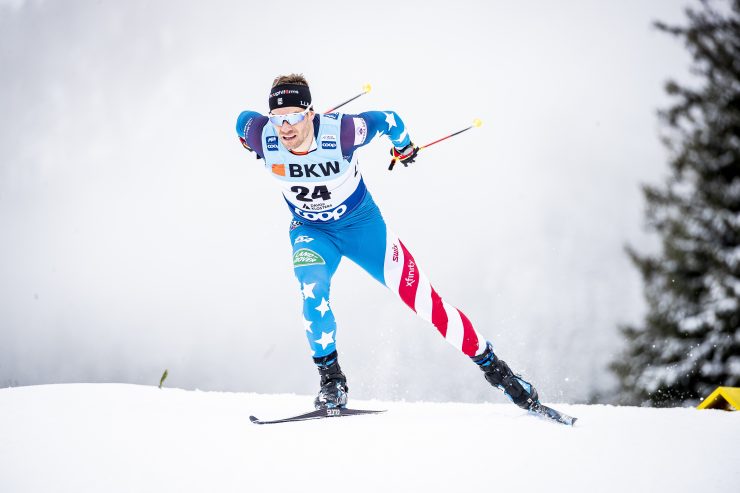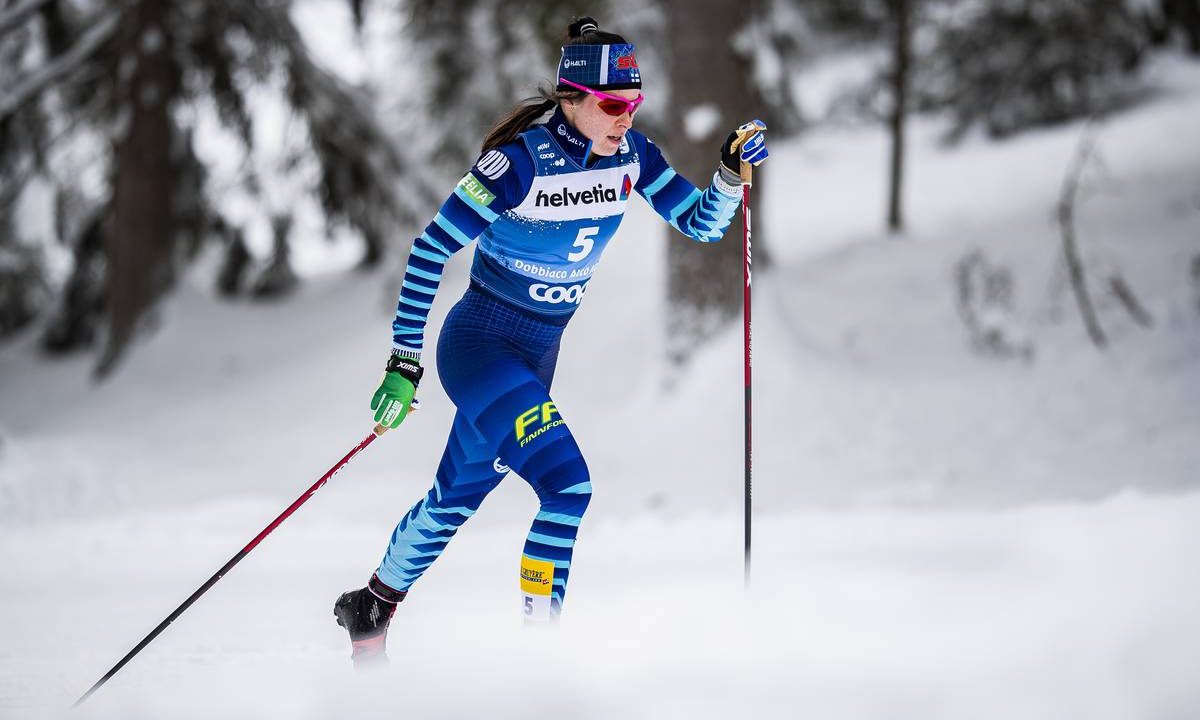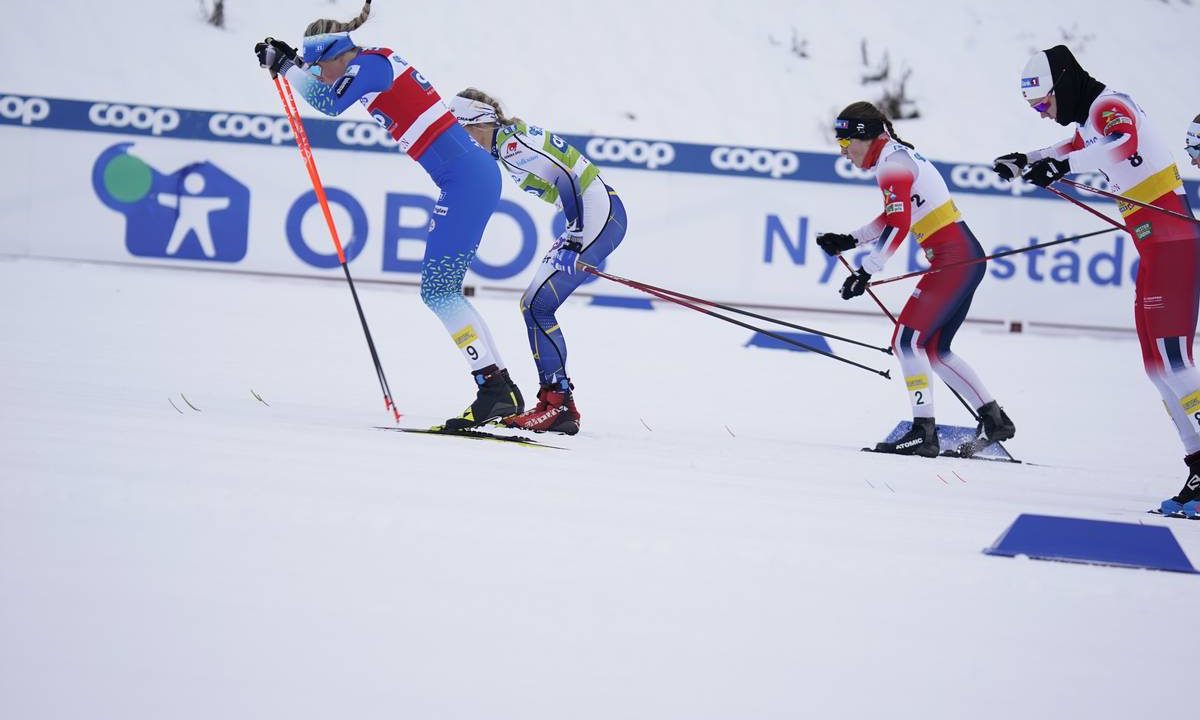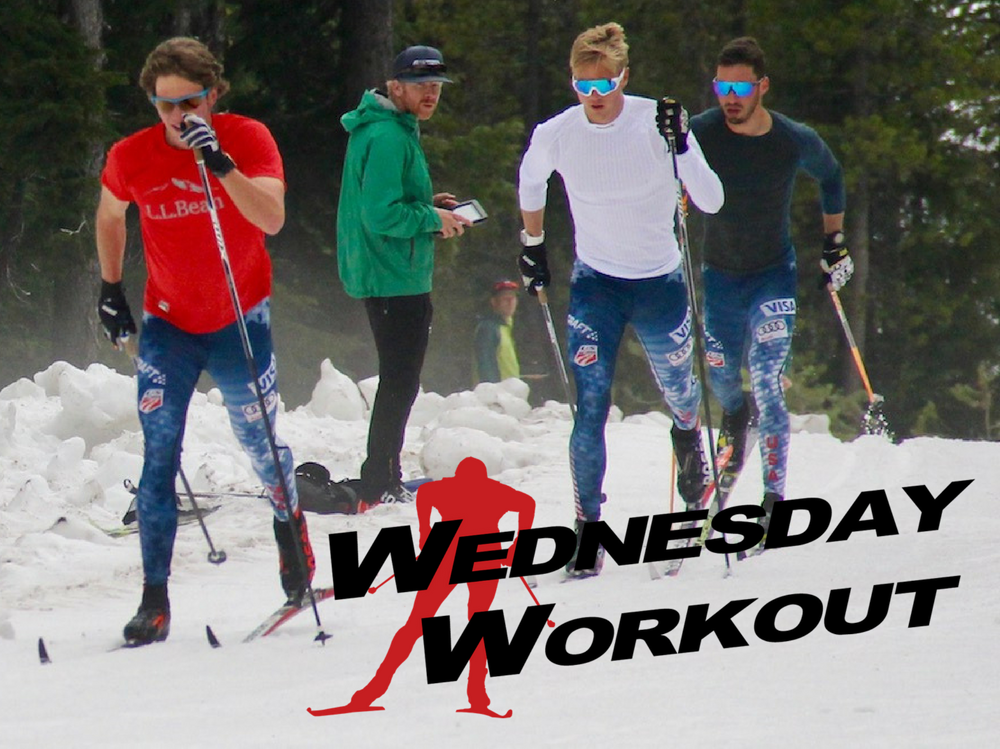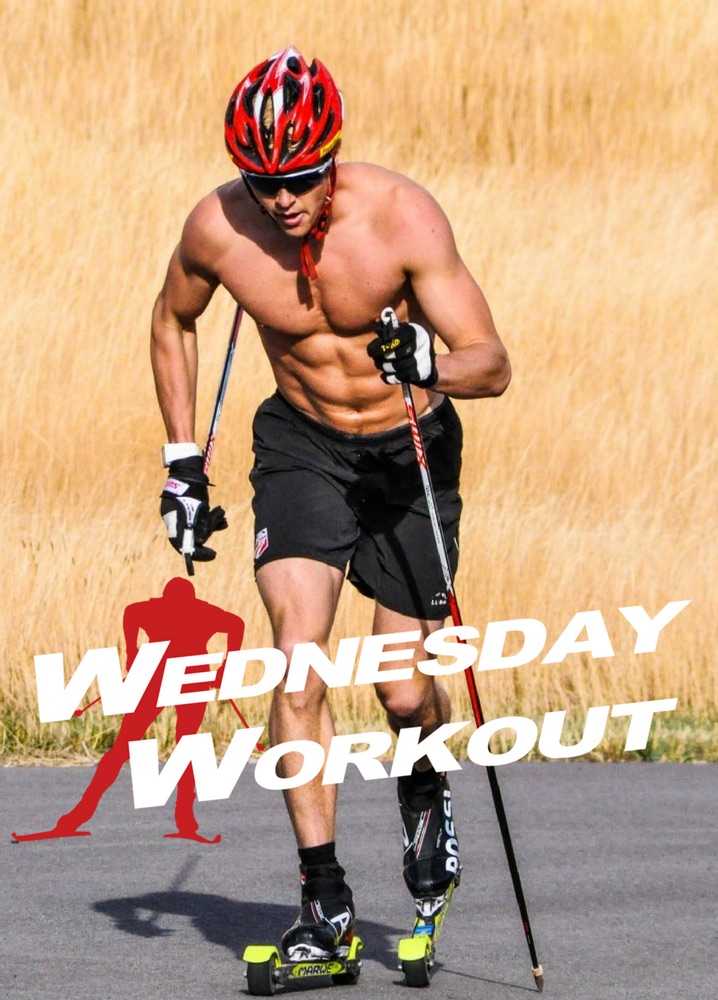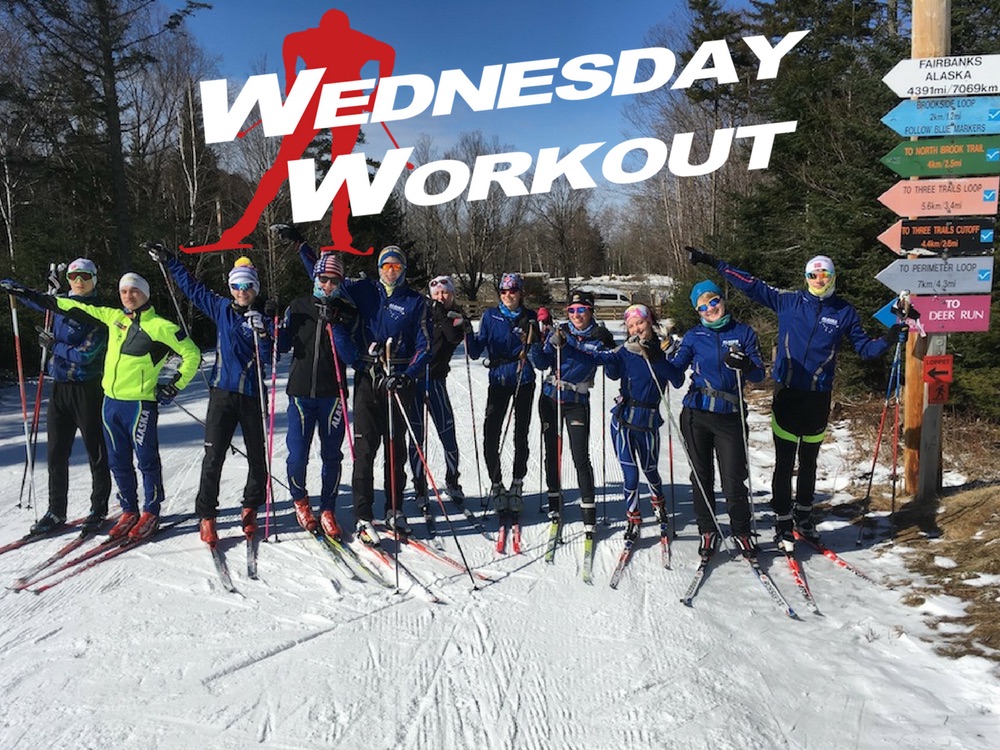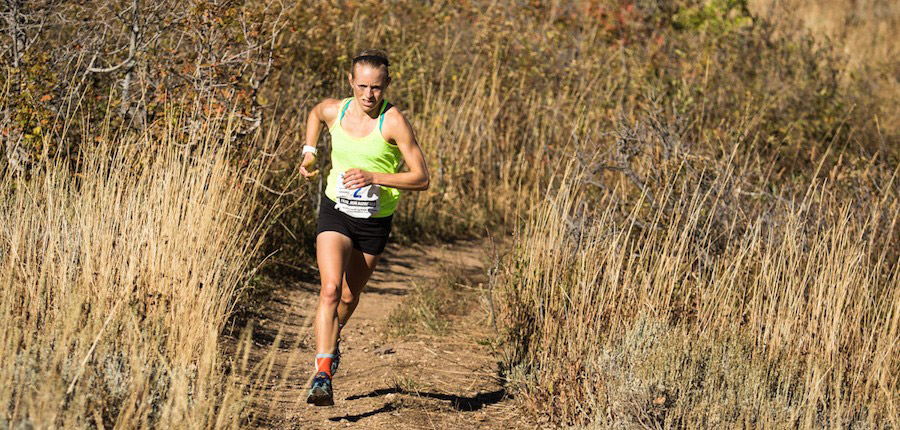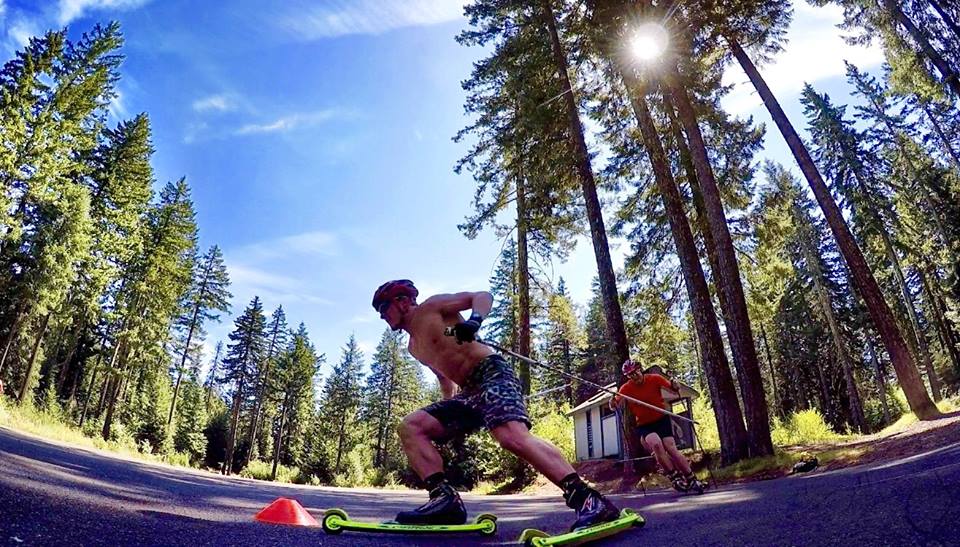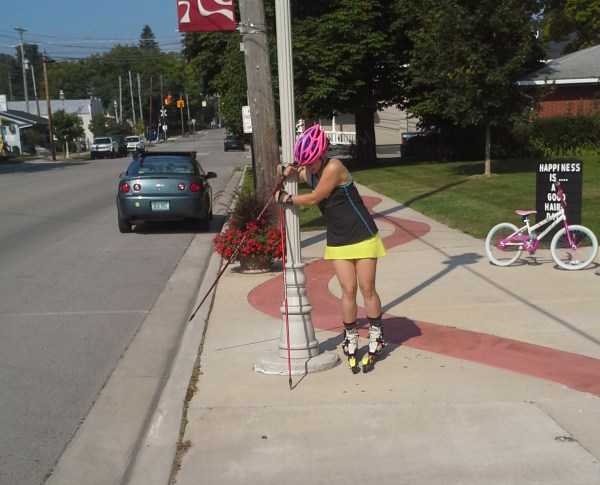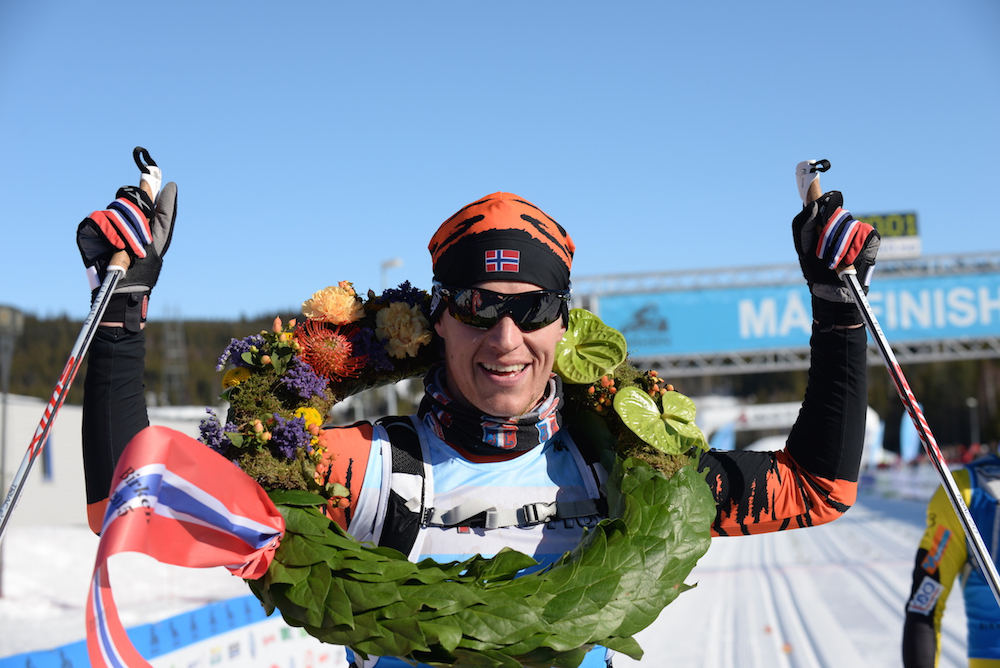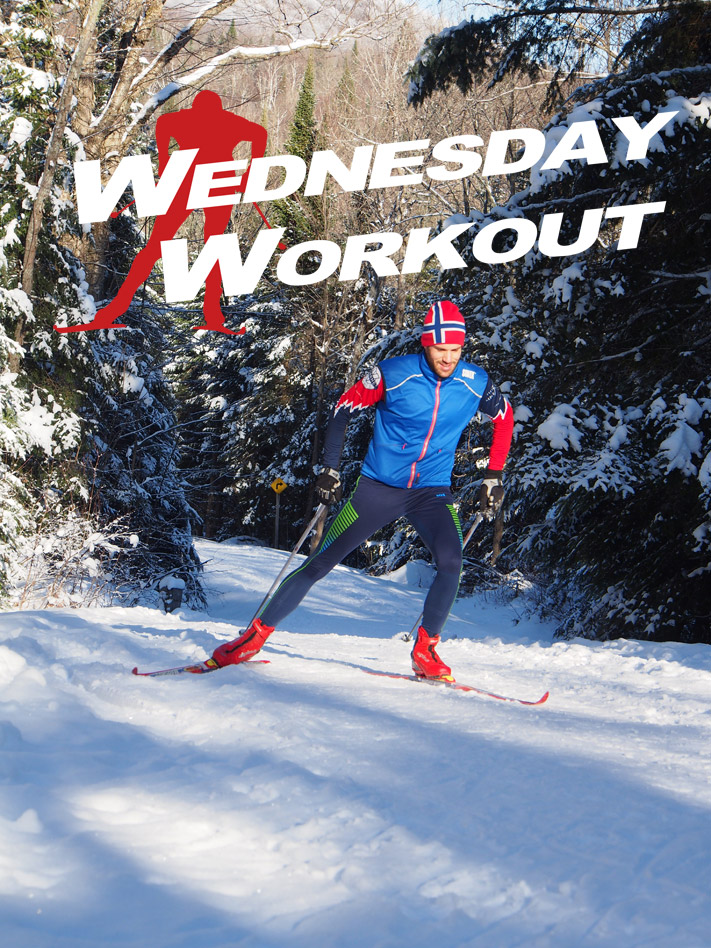I hate rollerskiing. As much as I try to be a good Nordie, I just can’t get over my fear of hitting the pavement. Between a history of bike racing and the rollerski learning curve, I’ve already lost enough skin. I know it’s good for me and might make me faster on snow, but I’m too old to put up with my heart rate being affected more by fear-induced adrenaline than by quality training. My...
HomeCategory
Technique
The most controversial of topics. After fitness, the best way to ski faster is to do so more efficiently. There are many opinions on what is the “best technique.” We present different viewpoints from around the ski world.
Prime the Body for Race Day with a Race-Prep Workout from Jessica Yeaton
Jessica YeatonJanuary 25, 2022
All the athletes are all stripped down to their race suits and zooming around the course with laser focus. They are breathing hard; in fact, some of them seem to be skiing at max effort. If it weren’t for the lack of announcements, race bibs, and cheering from the crowd (pre-COVID, of course) you might actually think it’s race day – but it’s not. It’s actually the day before the race, and many of the...
Adding Power to the Push Off: Understanding the Rate of Force Development
Ned DowlingNovember 1, 2021
This article builds upon the four-part “Building a Better Skier” series, which explores how biomechanics and movement patterns affect skiing technique, and more importantly how you can apply these concepts to improve your skiing. Please feel free to email the author with any questions: ned.dowling@hsc.utah.edu. Recently, I overheard one of my Physical Therapy colleagues tell a patient, “We’ve got to get you jumping. If you want to get back to running, you’ll need to do...
This is Part 3 of a series delving into how biomechanics and movement patterns affect skiing technique. If you haven’t already, start with the introduction, Part 1 which introduces the concept of a neutral spine posture, and Part 2 which describes spine stability and mobility. The ability to balance and be stable on one leg is where the rubber meets the road (or ski hits the snow). True, we generate propulsion with strength and endurance,...
Building a Better Skier Part 2: The Spine, When to Move it, and When to Keep it Still
Ned DowlingJuly 9, 2021
This is Part 2 of a series delving into how biomechanics and movement patterns affect skiing technique. If you haven’t already, start with the introduction and Part 1, which introduces the concept of a neutral spine posture. There are many ways to conceptualize biomechanics, but they all need a starting place. If we think about ski technique, where do we want to start? On the glide leg? With the poles? At the hips? For this...
Building a Better Skier Part 1: Posture
Ned DowlingJune 28, 2021
Building a Better Skier is a multi-part series born from the inquisitive mind of a physical therapist and late-blooming Nordic skier. (You can find the intro to the series here.) The objective is to explore how biomechanics and movement patterns affect skiing technique, and more importantly how you can apply these concepts to improve your skiing. To cover this topic thoroughly would likely require a hefty book, so apologies in advance if these articles lack depth or...
Wednesday Workout: Exploring Macro and Micro Terrain with Bernie Nelson
Jason AlbertJanuary 23, 2019
This Wednesday Workout comes from a true cross-country coaching whisperer: Bernie Nelson. First off, if you aren’t familiar with Bernie — she’s not a dude as the name might suggest. It’s Bernadette, but its Bernie on the name tag. Nelson grew up in Truckee, California as a cross-country ski racer and you’d have to ask her yourself, but she came into her own mentoring aspiring skiers. An informal or formal on-snow technique session with Nelson...
The U.S. Ski Team (USST) wrapped up its latest spring training camp in Bend, Oregon, on June 1. One of the primary aspects of the
This isn’t Erik Bjornsen’s first rodeo. The 26-year-old Washington native was named to the U.S. Ski Team big leagues — spending the bulk of each winter racing overseas in Europe on the World Cup. And at 6-foot-2 and roughly 175 pounds, according to his
Closing the Gap: Brain Training
FasterSkierOctober 31, 2017
Editor’s Note: The following is part of a series proposed by Maks Zechel, a 20-year-old Canadian cross-country skier embarking on his first season training abroad. In August, he recently made the big move to Norway, where he’ll be training and racing with Team Asker for the entire winter. Through these updates, Maks hopes to share his personal “observations, stories and lessons learned” to help close the gap between North American and Scandinavian nordic skiing. Previous posts: #2, #4, #6....
The following workout comes from Alasdair Tutt, interim coach for the Nordic Ski Club of Fairbanks/Fairbanks XC (commonly known as NSCF-FXC). Tutt recognizes that while training in central Alaska has its perks (like reliable snow), it can also be tough for skiers to excel outside of their familiar environment (like on significantly warmer snow). This is true for anyone racing in variable climates and at both high and low elevations across North America. So for NSCF-FXC, the goal is...
Distance or Sprint, Ben Lustgarten has shown his mastery of speedy classic skiing and 30 k striding prowess. We asked Lustgarten for a key to his classic skiing success in the Wednesday Workout.
Time to Ruminate on the 83% Rule: The Future of Classic at the Highest Level
Jason AlbertOctober 7, 2016
To double pole or not to double pole: sometimes it's not even a question for strong-enough skiers. We spoke to a few well-informed individuals on FIS's 83-percent rule and gathered their opinions.
Double-pole Revolution? Thirty Percent of Teams Penalized at Norwegian Nationals Relay
Chelsea LittleFebruary 2, 2016
"It was a tough decision," TD John Aalberg told FasterSkier. "But we wanted to prove a point or put it on the agenda: if everybody starts to double pole, and if you loosen up the rules at the same time, that’s the end of classic skiing." The race jury released video of the infractions to the public.
The Rocky Mountain Racers team has a standby dryland workout called Ski Specific Strength that's as useful as it is brutal. While rollerskiing uphill, athletes pull a coach on a bike behind them, while their coach applies the brakes. "It’s pretty black and white if your power is going in the wrong direction," Andrea Dupont says.
Running: National Champ Stephen’s Secret to Keeping Skiing ‘Happy and Fresh’
Austin CobbOctober 1, 2015
Liz Stephen has been taking advantage of summer to enjoy another endurance-sports passion of hers: running. By both running casually and in races, like the Trail Run National Championship and Red Bull 400 hill climb late last month, Stephen gets the most out of the popular form of cross training.
Wednesday Workout: Steady State Intervals and Speed Shifts with SVSEF PG Coach Tom Smith
Austin CobbSeptember 2, 2015
For this week's Wednesday Workout, FasterSkier caught up with Tom Smith, the PG coach in Sun Valley, Idaho. He shared his take on a continuous threshold workout that is highly customizable for any time of the year, and perfect for transitioning into fall training.
Alice Flanders, a CXC Team athlete based in Houghton, Mich., gives a list of responses to the age-old question rollerskiers get asked: "How do you stop on those things?"
An Unlikely King: Ski Classics Champ Eliassen on the Secret to His Successful Rookie Season
Inge ScheveApril 21, 2015
FasterSkier tracked down Petter Eliassen, the 2014/2015 Swix Ski Classics overall winner in his rookie season, for an exclusive interview this month. The 29-year-old Norwegian happily shared everything from training and recovery tips, to advice on double poling.
Wednesday Workout: Fast, Uphill V2
François Léger DionneDecember 24, 2014
There's snow in Quebec, and FS contributor François Léger Dionne gives us a great way to burn off the holiday treats and work on skate technique with the following workout, which he recently did at the Far Hills Ski Center in Val-David, Quebec.

